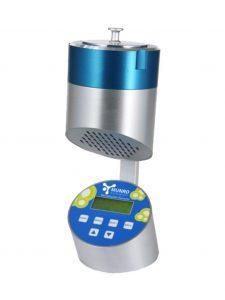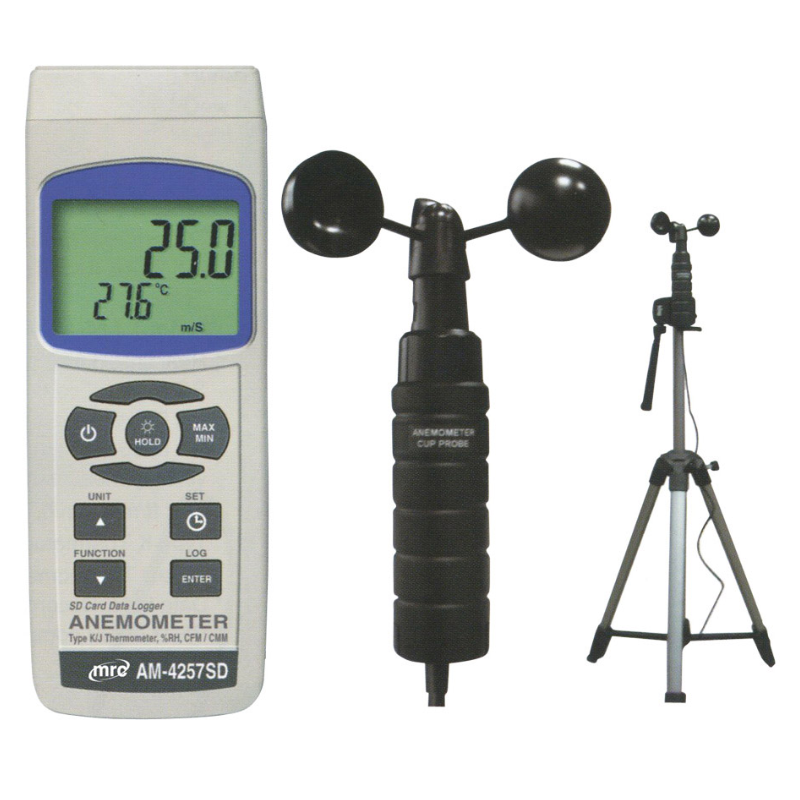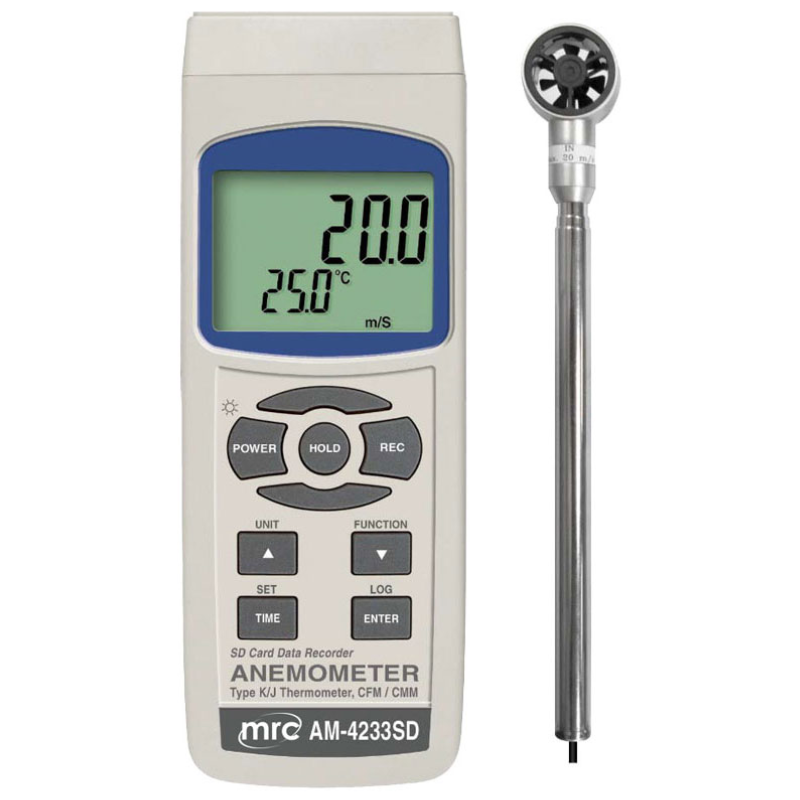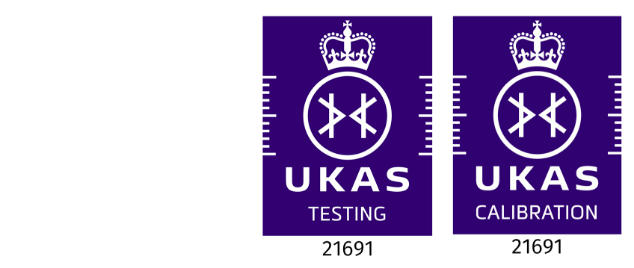A microbial air sampler is a device used to collect and analyze airborne microorganisms in a specific environment. These devices are often used in research and industrial settings to monitor the quality of the air, identify potential sources of contamination, and assess the effectiveness of air cleaning and sterilization systems.
There are several types of microbial air samplers, including impactors, filtration samplers, and centrifugal samplers. Impactors use a jet of air to impinge the microorganisms onto a collection surface, while filtration samplers use a filter to capture the microorganisms. Centrifugal samplers use a spinning motion to separate the microorganisms from the air and collect them on a surface.
Microbial air samplers typically operate by drawing in a known volume of air and collecting the microorganisms on a surface, such as a filter or agar plate. The collected microorganisms can then be analyzed to identify the types and numbers of microorganisms present in the air. This information can be used to assess the quality of the air and to identify potential sources of contamination.
Application of Microbial Air Sampler
Microbial air samplers are used in a variety of applications, including:
Research: Microbial air samplers are used in research settings to study the types and concentrations of microorganisms present in the air in various environments. This information can help researchers understand how microorganisms are dispersed in the air and how they may impact human health.
Industrial settings: Microbial air samplers are used in industrial settings, such as pharmaceutical and food processing facilities, to monitor the quality of the air and identify potential sources of contamination. This information can be used to ensure that products are safe and of high quality.
Healthcare: Microbial air samplers are used in healthcare settings, such as hospitals and clinics, to monitor the air quality and identify potential sources of infection. This information can help prevent the spread of infections and improve patient outcomes.
Environmental monitoring: Microbial air samplers are used in environmental monitoring to assess the quality of the air in a specific location. This information can be used to understand the impact of air pollution on the environment and human health.
Military: Microbial air samplers are used in military settings to monitor the air quality in confined spaces, such as ships and submarines, to ensure the safety of personnel.
Overall, microbial air samplers are a valuable tool for understanding and monitoring the types and concentrations of microorganisms present in the air, which can have important implications for human health, industrial processes, and the environment.
How to use Microbial Air Sampler
To use a microbial air sampler, follow these steps:
Determine the sampling location: Choose the location where you want to collect the airborne microorganisms. Make sure to consider factors such as the size of the area, the airflow, and the potential sources of contamination.
Prepare the sampling equipment: Assemble the microbial air sampler according to the manufacturer’s instructions. Make sure to use clean and sterile equipment to avoid contaminating the sample.
Set the flow rate: Adjust the flow rate of the microbial air sampler according to the manufacturer’s instructions and the size of the sampling area. The flow rate determines the volume of air that is collected over a specific period of time.
Begin sampling: Turn on the microbial air sampler and allow it to run for the desired sampling time. Make sure to record the sampling location, flow rate, and duration.
Stop sampling: Turn off the microbial air sampler and disassemble it according to the manufacturer’s instructions.
Process the sample: Follow the manufacturer’s instructions for processing the sample. This may involve transferring the collected microorganisms to a culture media, such as an agar plate, for analysis.
Analyze the sample: Use appropriate methods to analyze the collected microorganisms, such as culturing or DNA sequencing, to identify the types and concentrations of microorganisms present in the sample.
Overall, it is important to follow the manufacturer’s instructions and appropriate sampling and processing procedures to ensure the accuracy and reliability of the results.
[contact-form-7 id=”266″ title=”Contact Form”]







